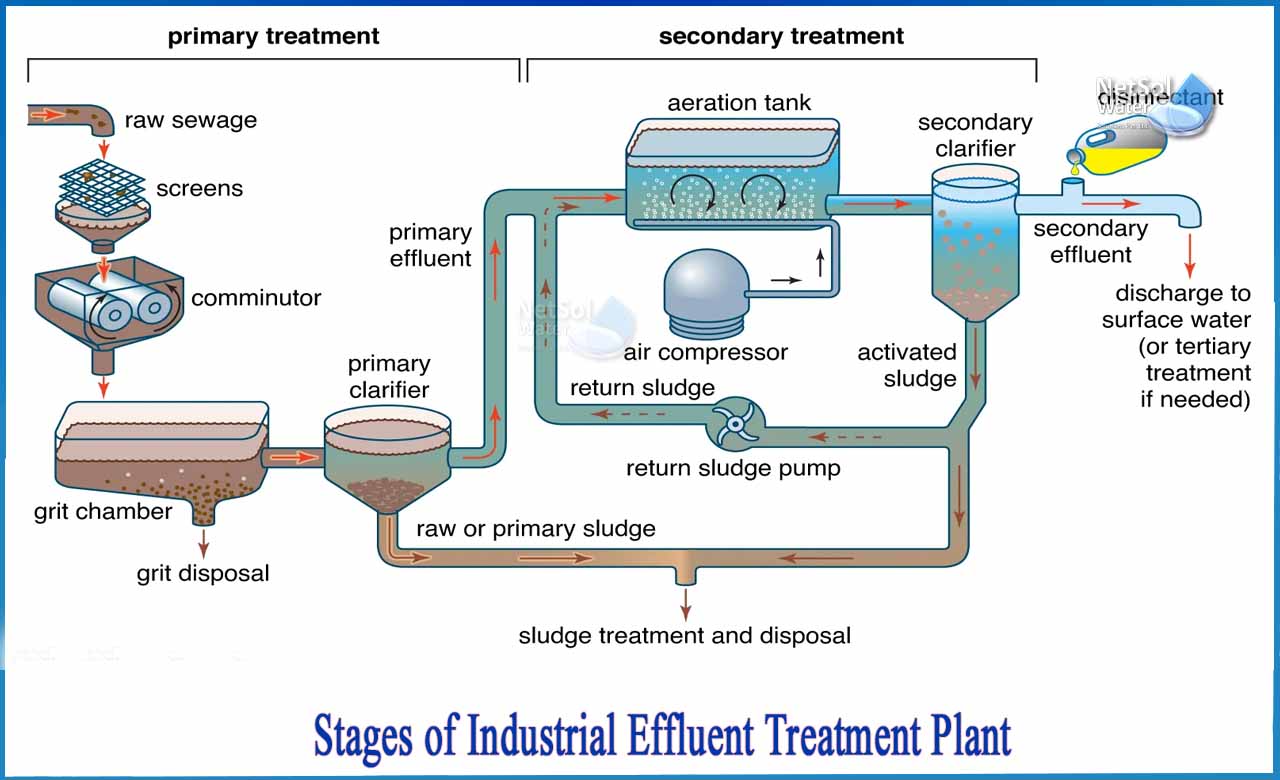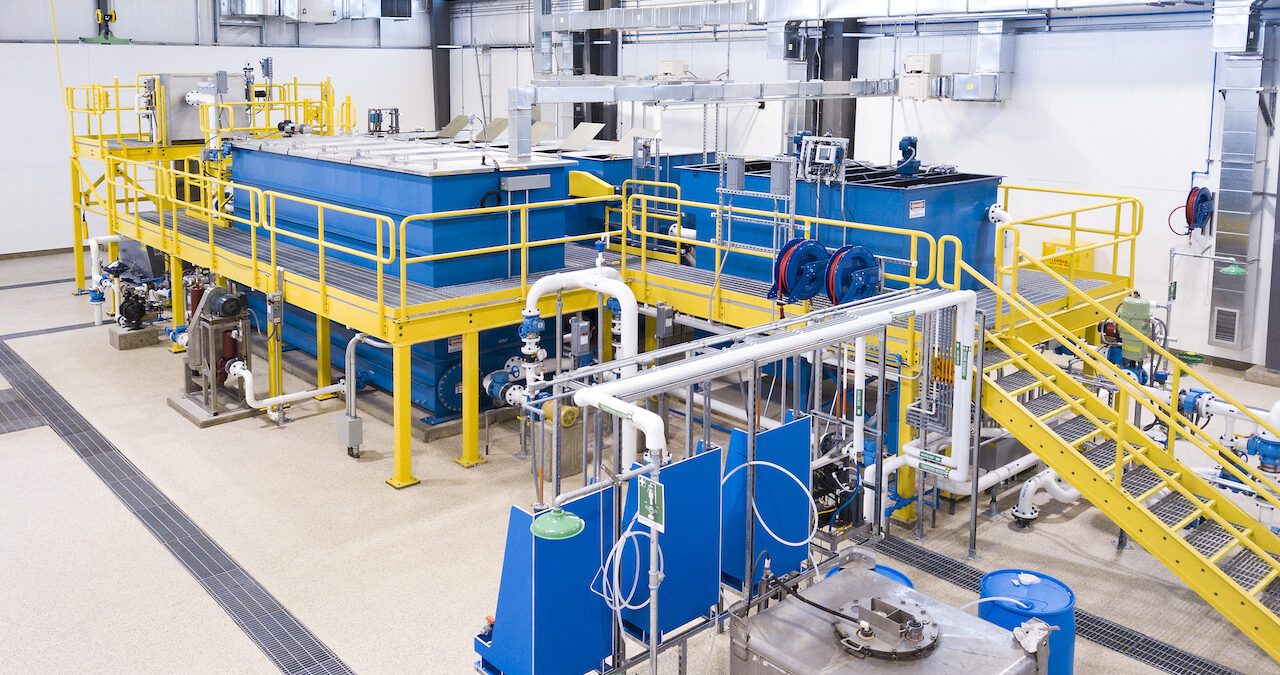Industrial Waste Water Treatment-- Comprehensive Systems for Wastewater Disposal
Industrial Waste Water Treatment-- Comprehensive Systems for Wastewater Disposal
Blog Article
Key Methods in Industrial Waste Water Treatment Procedures
The treatment of industrial wastewater is a vital aspect of ecological monitoring, entailing a variety of strategies made to reduce the impact of pollutants. From the essential physical methods that divide solids to the innovative chemical and biological processes that target particular toxins, each method plays a vital function in achieving water top quality criteria. In addition, improvements in innovations such as membrane layer filtering and advanced oxidation procedures offer cutting-edge services for boosting treatment effectiveness. Understanding exactly how these methods interconnect and their implications for sustainability raises vital inquiries about the future of wastewater monitoring in industry.
Physical Therapy Methods
How successfully can physical therapy techniques deal with the intricacies of industrial wastewater? Physical therapy approaches play a crucial function in the preliminary phases of wastewater administration, concentrating mostly on the elimination of solids and huge particulates. Methods such as purification, flotation protection, and sedimentation are necessary for reducing the concentration of suspended solids, therefore enhancing the performance of succeeding treatment procedures.
Sedimentation includes the gravitational settling of solids, enabling the splitting up of larger materials from the wastewater. This approach is specifically efficient in clearing up water before chemical or organic treatments. Filtration, on the various other hand, makes use of numerous media to catch particle matter, guaranteeing that smaller pollutants are eliminated. This technique can be tailored to fit various kinds of commercial effluents, creating clearer effluent streams.
Furthermore, flotation methods, which use air bubbles to lift suspended solids to the surface for removal, are efficient in treating wastewater with high focus of fats, oils, and oils. Overall, physical treatment approaches offer as a critical initial step in the thorough management of industrial wastewater, making sure that the lots on succeeding treatment phases is reduced and enhancing total treatment efficiency.
Chemical Treatment Techniques
While physical treatment approaches prepared for effective wastewater management, chemical therapy strategies are crucial for addressing the a lot more complicated impurities commonly found in commercial effluents. These techniques make use of different chemical representatives to speed up, neutralize, or oxidize hazardous compounds, guaranteeing a much more detailed elimination of contaminants.
One common approach is coagulation and flocculation, where chemical coagulants such as aluminum sulfate or ferric chloride are included to promote the gathering of put on hold bits. This process enhances solid-liquid splitting up, decreasing turbidity and boosting water high quality. Additionally, neutralization processes are used to readjust the pH of wastewater, using bases or acids to neutralize acidic or alkaline streams, respectively.
Oxidation-reduction responses play an essential duty in derogatory organic impurities and pathogens. Chemical oxidants like hydrogen, ozone, or chlorine peroxide are used to break down intricate organic compounds, making them much less damaging or extra biodegradable. Moreover, advanced oxidation procedures (AOPs) integrate multiple oxidation strategies to enhance toxin elimination effectiveness.
Organic Therapy Procedures
The efficiency of wastewater treatment is dramatically improved by biological therapy processes, which harness the all-natural metabolic tasks of microbes to break down organic matter and remove toxins. Industrial Waste Water Treatment. These procedures mostly involve anaerobic and cardiovascular food digestion, each navigate to these guys customized for details kinds of wastewater
Cardiovascular treatment processes make use of oxygen to sustain microbial development, promoting the malfunction of organic toxins right into carbon dioxide and water. Typical approaches include activated sludge systems, where oygenation storage tanks facilitate the mixing of wastewater with microbes, and dripping filters, which urge biofilm advancement on media surface areas.
Alternatively, anaerobic therapy procedures occur in the absence of oxygen, using anaerobic bacteria to decompose raw material, resulting in biogas manufacturing, a renewable resource source. Anaerobic digesters are frequently utilized in industrial settings for this objective, effectively decreasing the quantity of sludge while generating useful biogas.
The selection of an organic therapy method depends upon wastewater attributes, therapy goals, and regulatory criteria. The assimilation of organic processes in wastewater therapy not only improves contaminant elimination efficiency however also promotes sustainability by minimizing chemical use and sustaining resource recovery.
Advanced Oxidation Processes

Usual AOP methods include Fenton's reagent, ozonation, and photocatalysis. Fenton's reagent, a combination of hydrogen peroxide and ferrous iron, militarizes the formation of hydroxyl radicals, making it reliable for dealing with wastewater consisting of phenolic compounds and various other stubborn substances. Ozonation utilizes ozone as a powerful oxidant, efficient in weakening a broad array of organic toxins while all at once disinfecting the effluent. Photocatalysis uses light-activated catalysts, such as titanium dioxide, to improve oxidation reactions and eliminate contaminants.
AOPs use several advantages, consisting see of reduced sludge manufacturing and the capability to treat wastewater with high concentrations of natural contaminants. Nonetheless, the application of AOPs needs mindful factor to consider of functional specifications and cost-effectiveness, guaranteeing that these sophisticated methods are properly integrated into existing wastewater therapy systems.
Membrane Filtering Technologies

Microfiltration is effective for getting rid of suspended solids and bacteria, while ultrafiltration targets smaller sized natural particles and viruses. Nanofiltration bridges the void in between ultrafiltration and turn around osmosis, successfully eliminating divalent ions and organic compounds. Reverse osmosis supplies the highest degree of filtration, utilized mostly for desalination and getting rid of mono-valent ions.
Membrane modern technologies use countless advantages, consisting of low energy usage compared to traditional treatment techniques, modular design for scalability, and the capacity for water recovery and reuse. Nonetheless, obstacles such as membrane fouling and the demand for normal maintenance must be resolved to ensure system efficiency. In general, membrane purification innovations stand for an essential element of contemporary commercial wastewater therapy strategies, promoting sustainability and resource conservation in water monitoring.
Verdict
In conclusion, industrial wastewater therapy uses a varied range of methods, consisting of physical, chemical, biological, and progressed approaches. Proceeded developments in these methods will certainly further enhance the performance and effectiveness of wastewater treatment processes in industrial setups.
The treatment of commercial wastewater is a critical aspect of ecological monitoring, involving a range of techniques created to alleviate the impact of impurities.Exactly how properly read the full info here can physical treatment techniques resolve the complexities of commercial wastewater?Advanced oxidation procedures (AOPs) stand for an innovative technique in commercial wastewater treatment, developed to successfully degrade natural pollutants that are frequently immune to standard treatment techniques (Industrial Waste Water Treatment).In conclusion, commercial wastewater therapy utilizes a varied selection of techniques, including physical, chemical, organic, and advanced methods. Proceeded improvements in these approaches will certainly better improve the performance and efficiency of wastewater treatment processes in commercial settings
Report this page